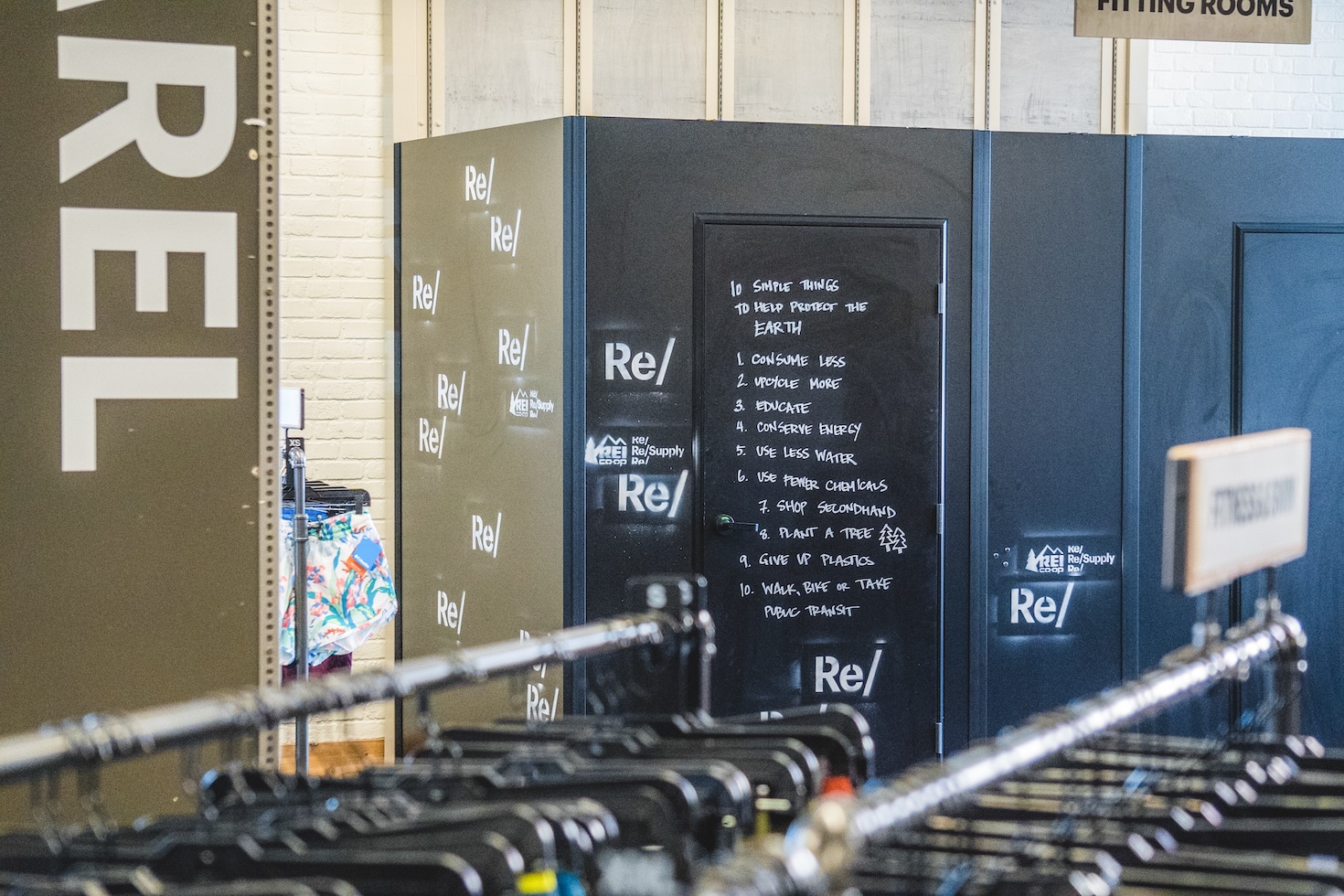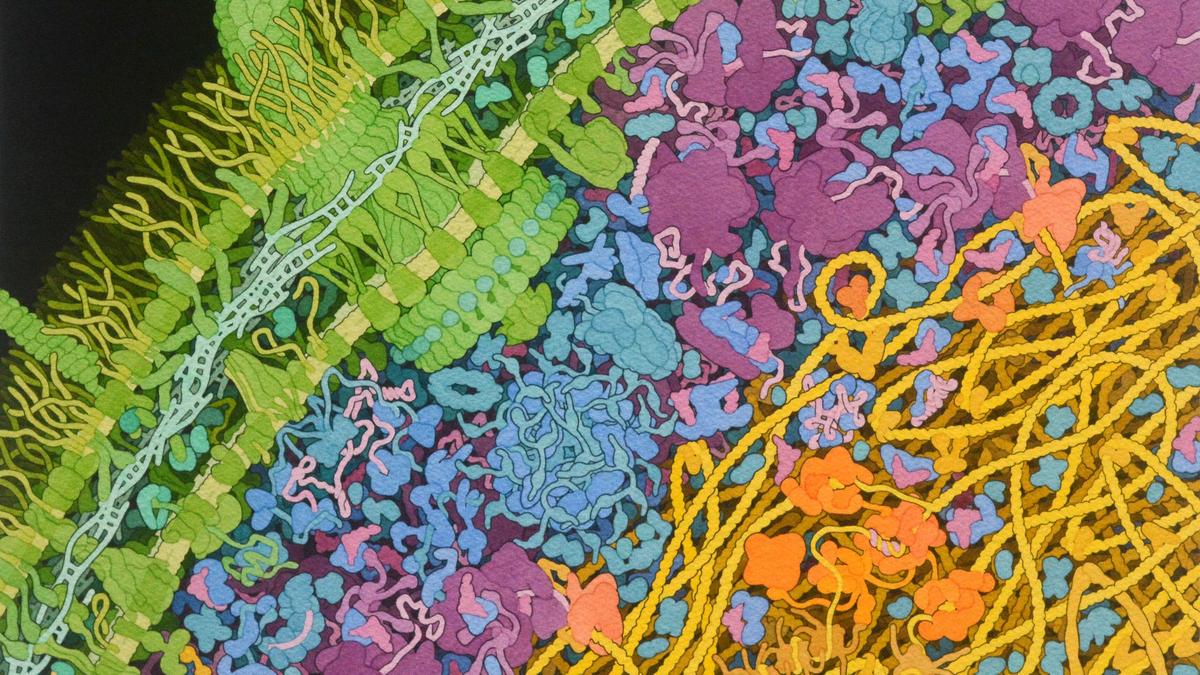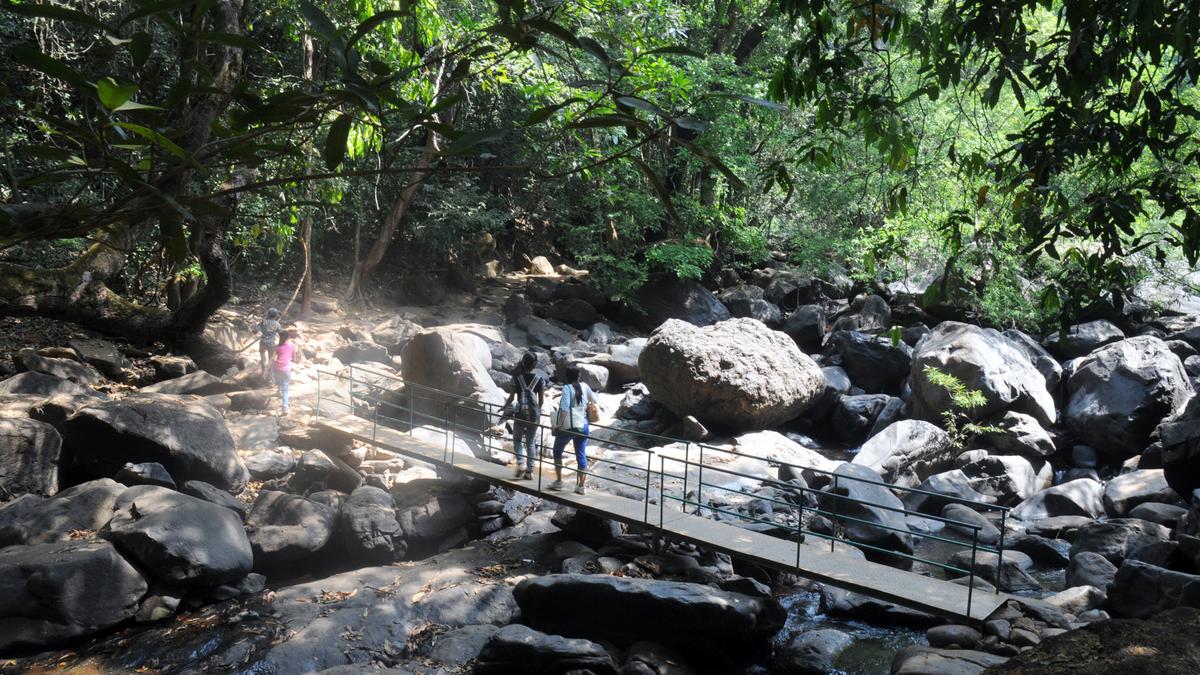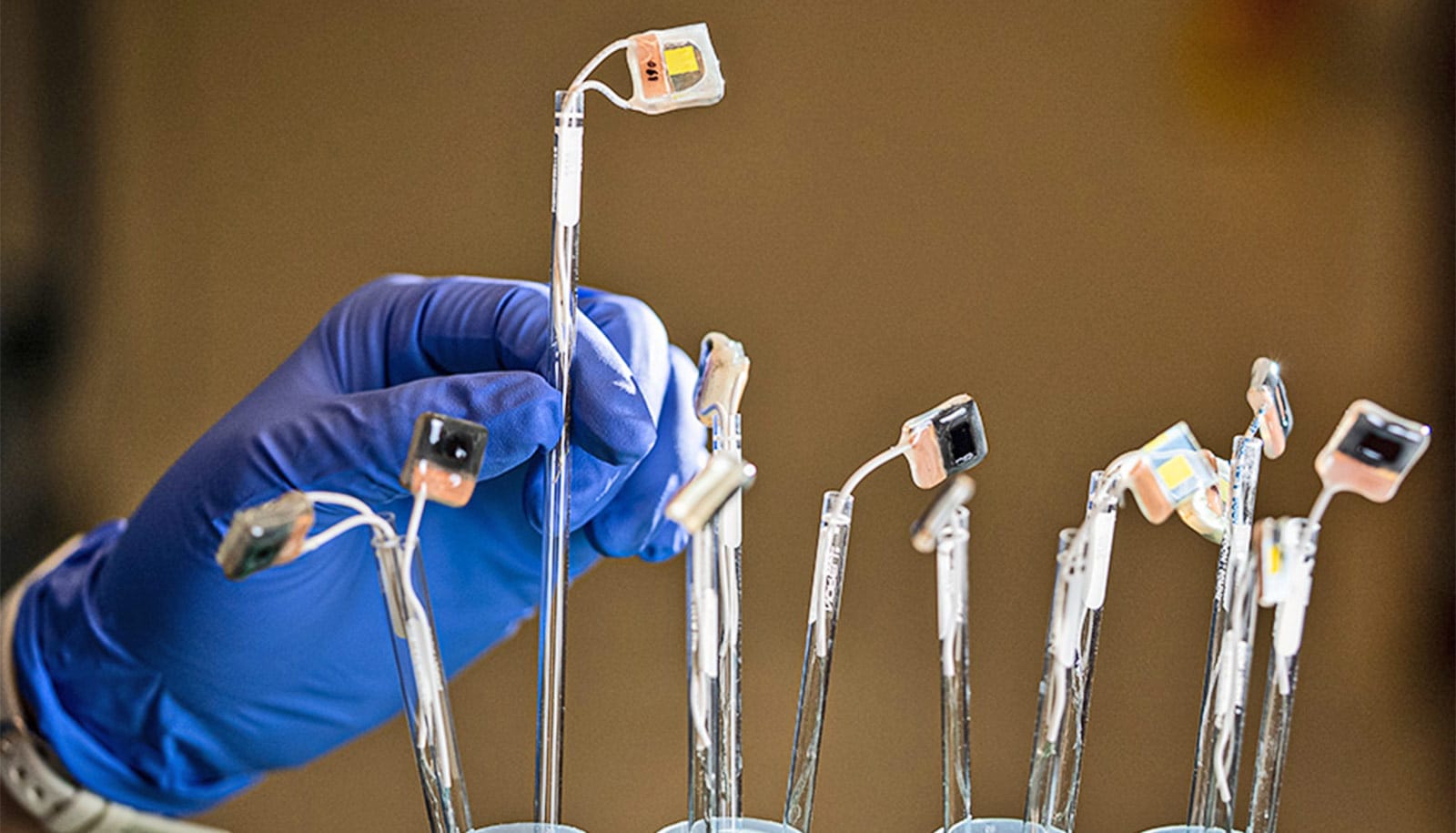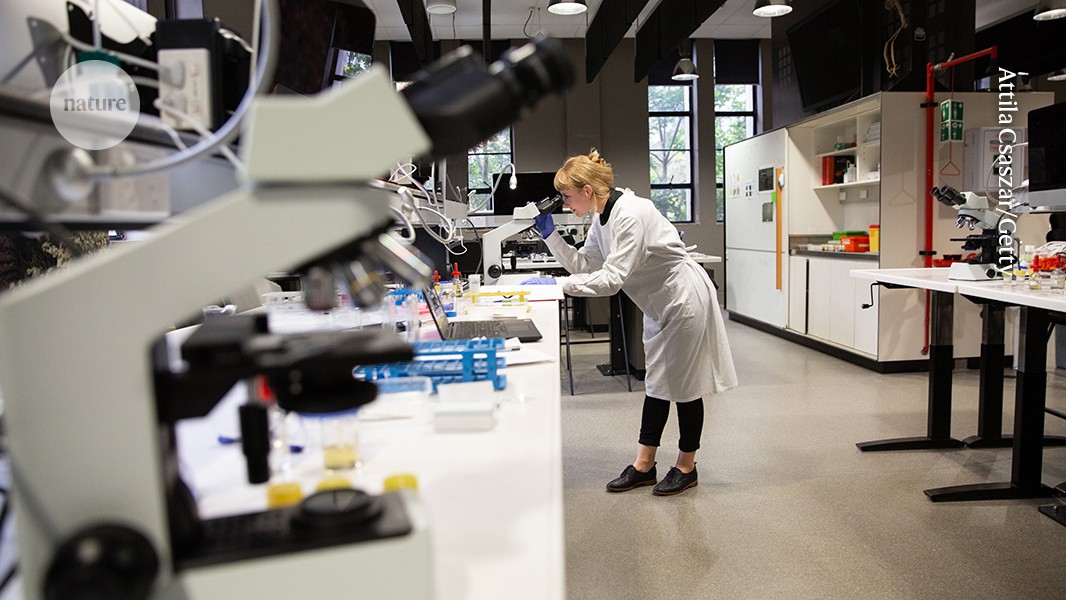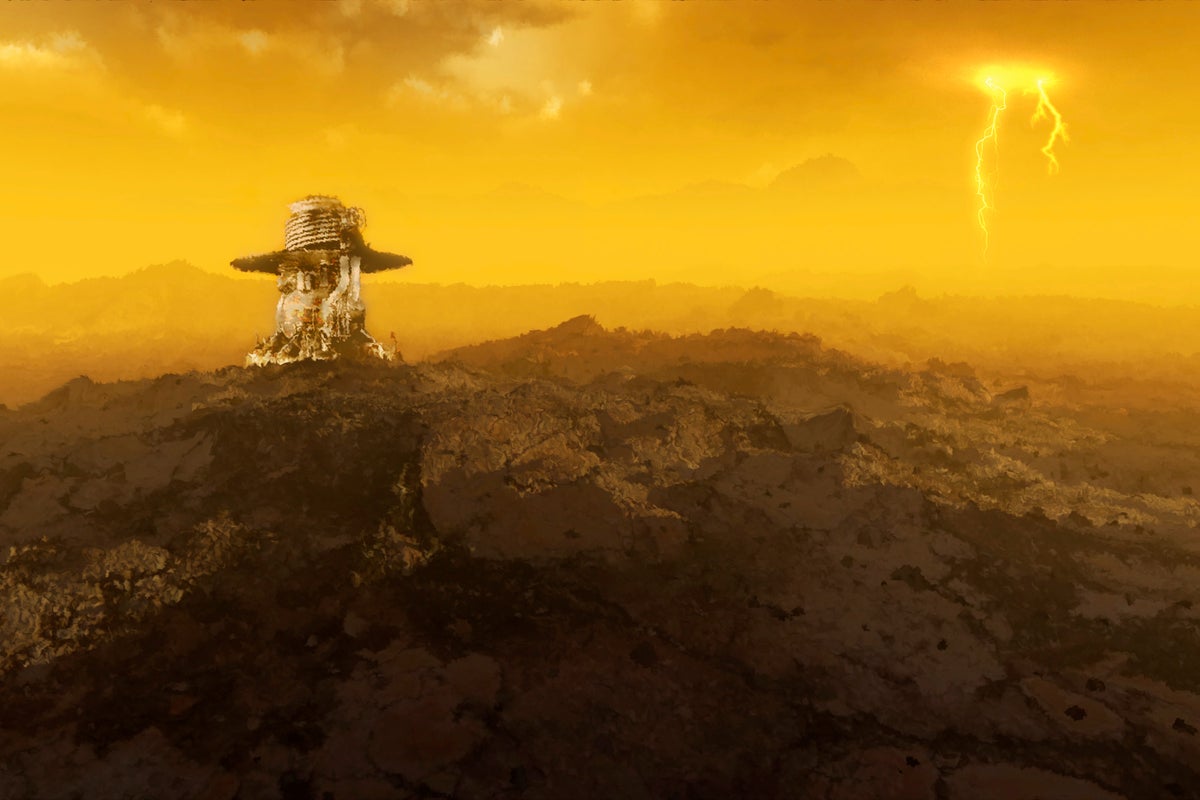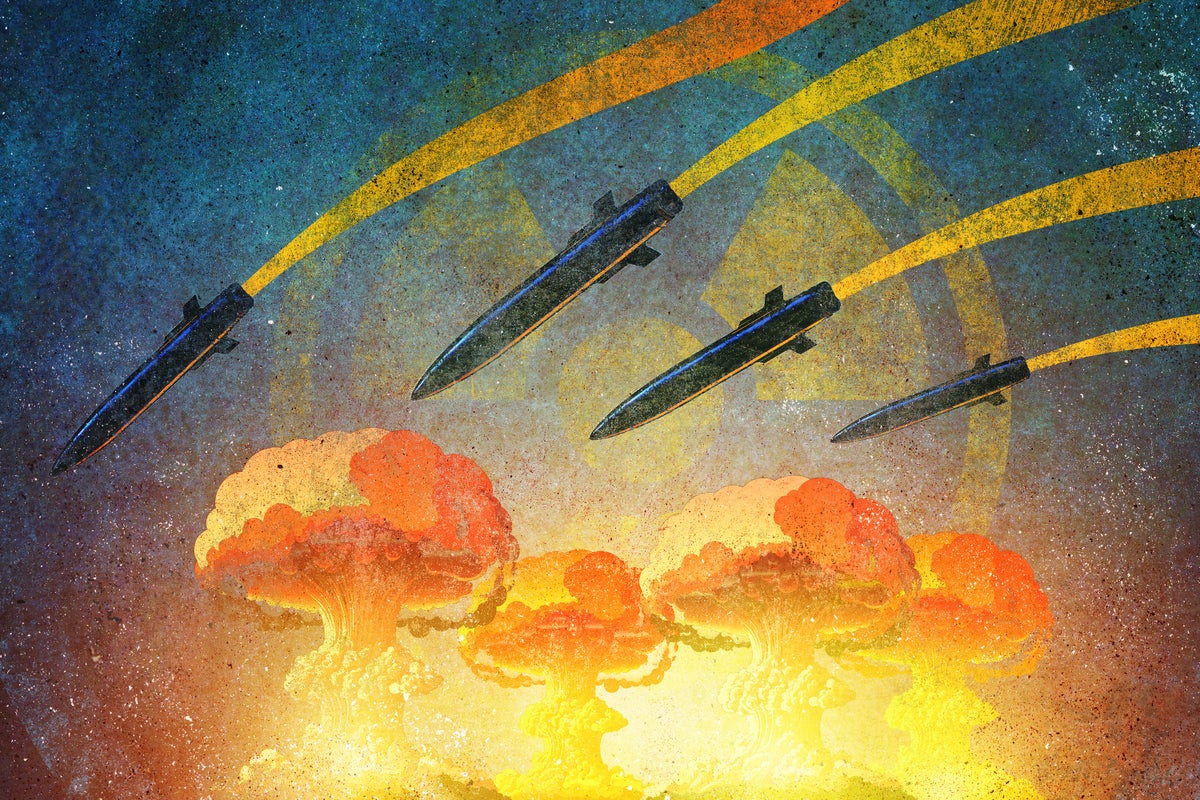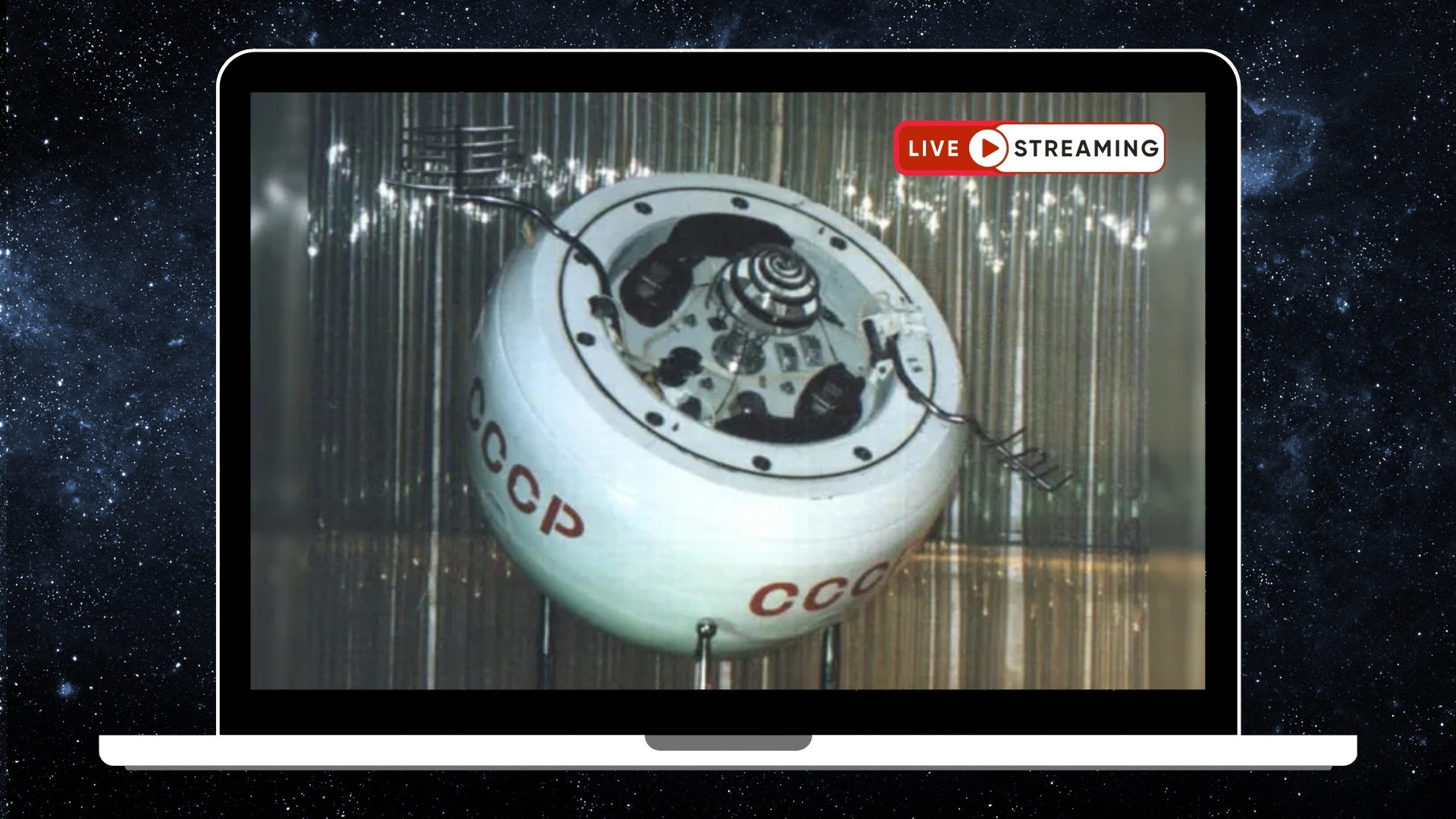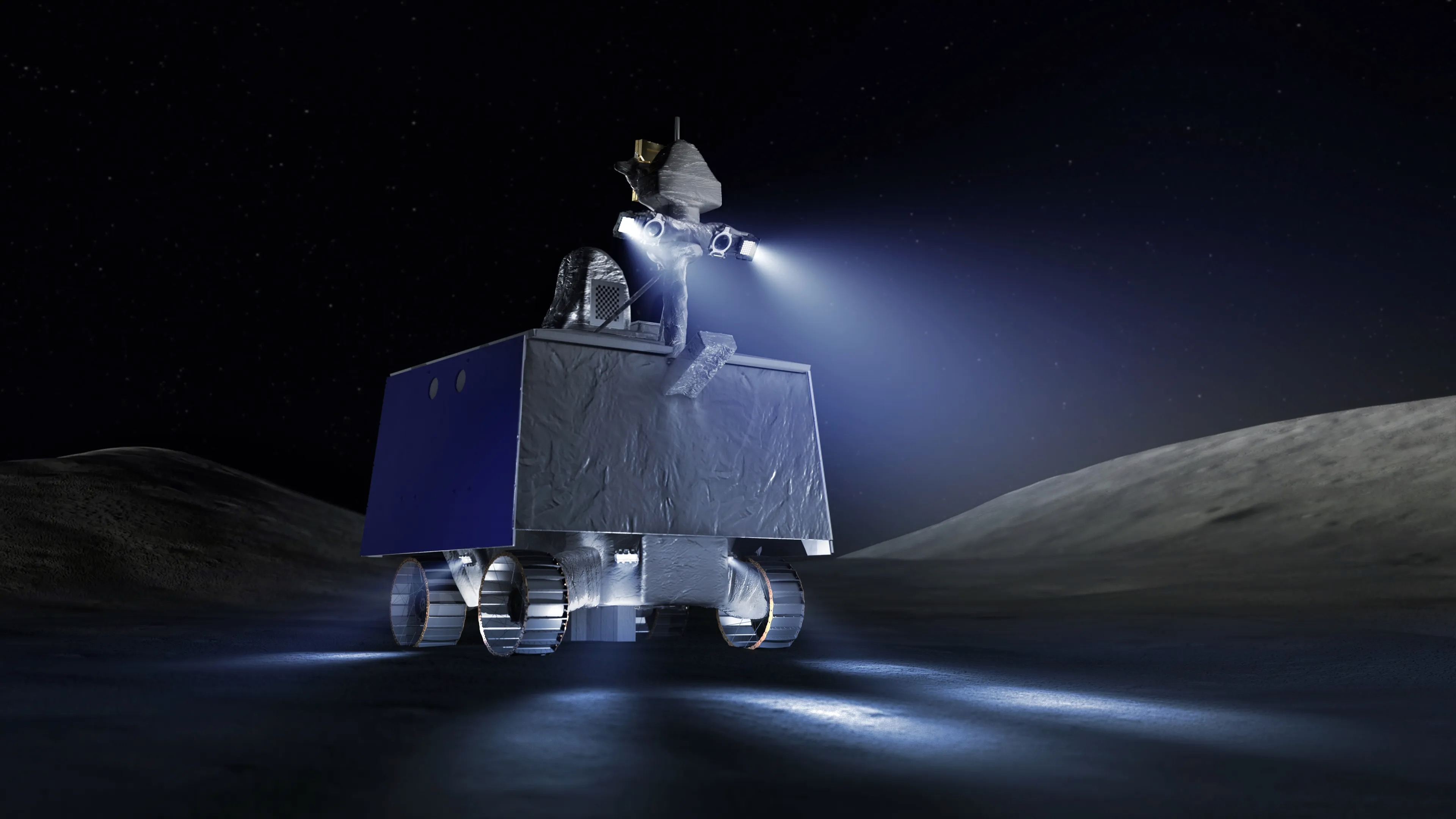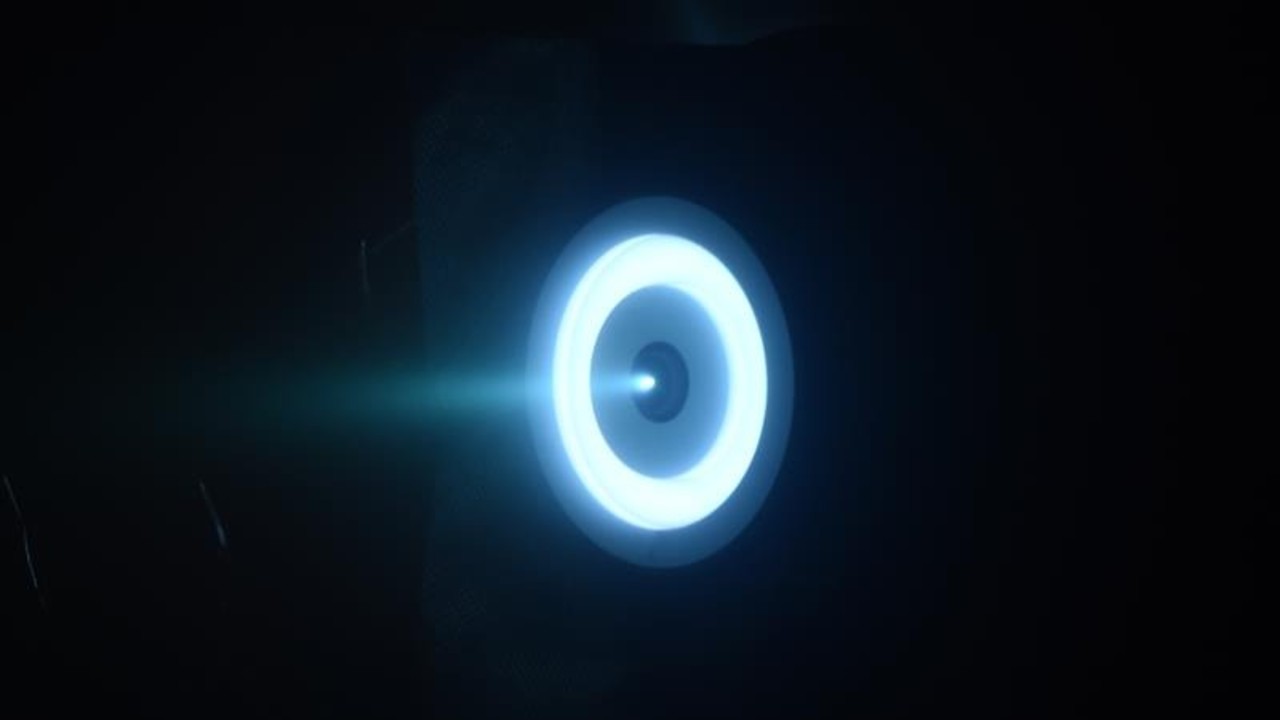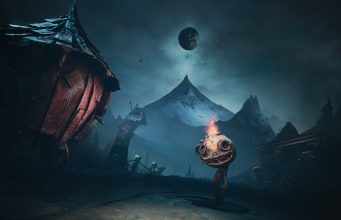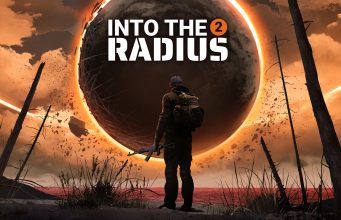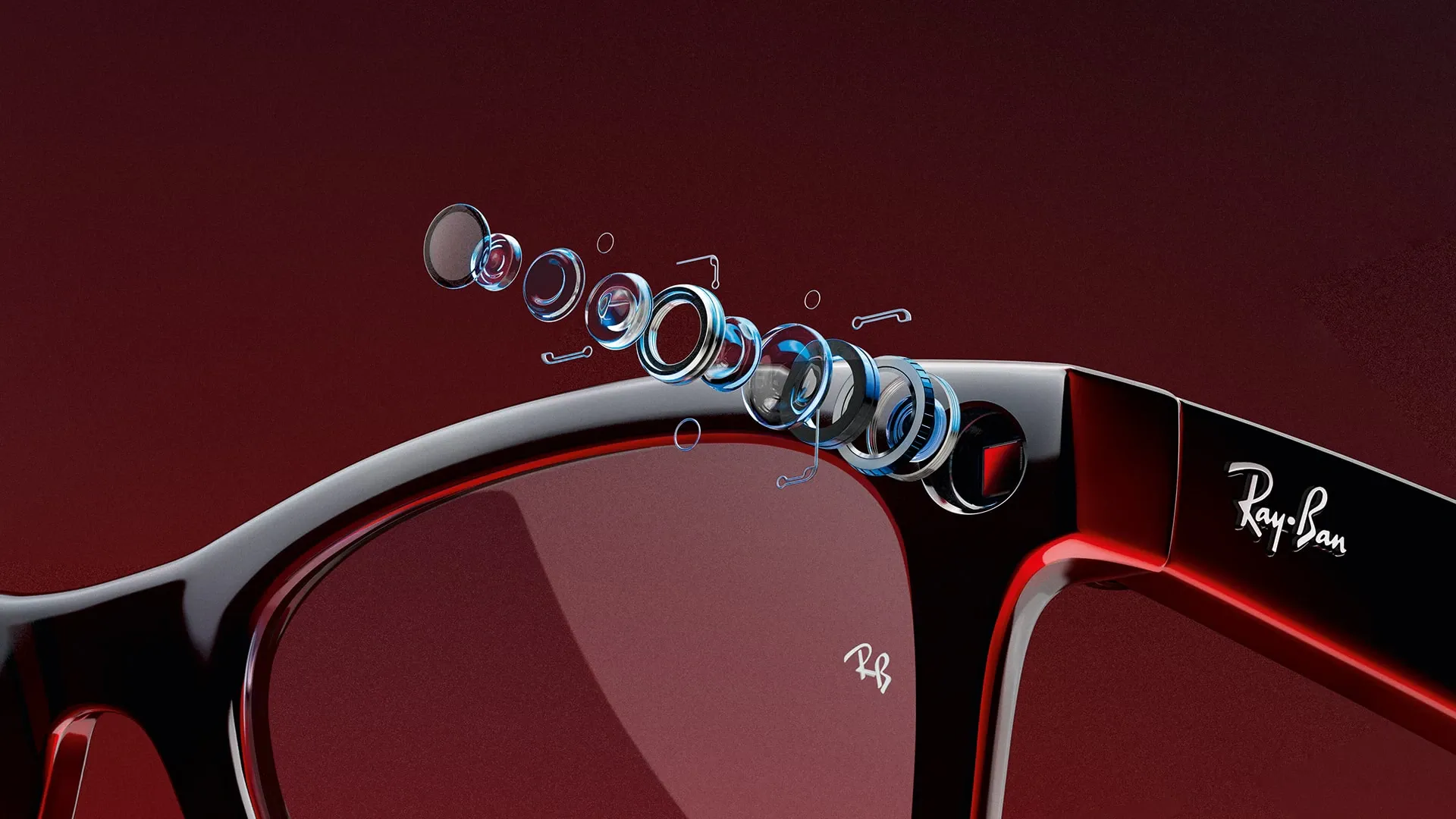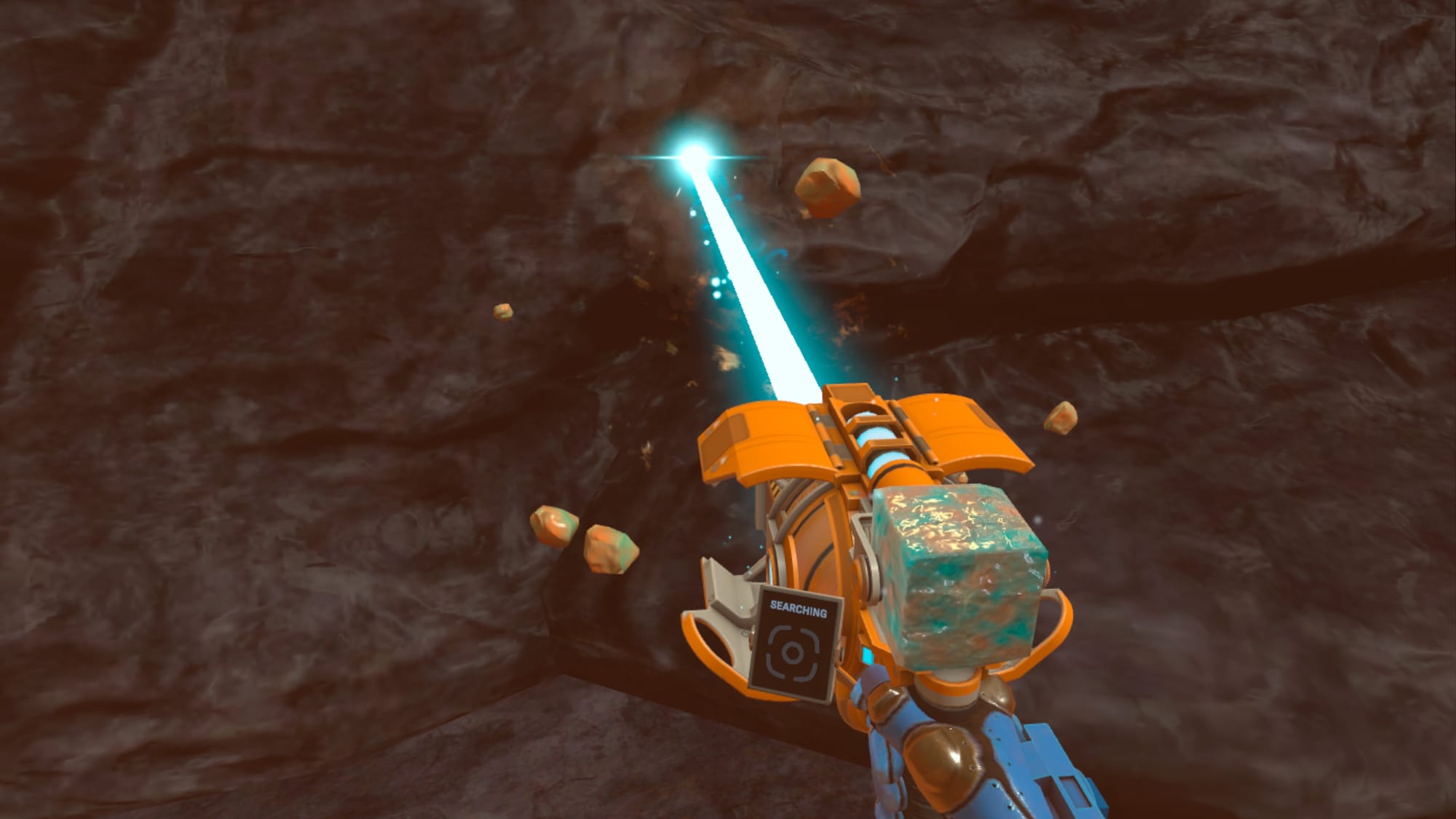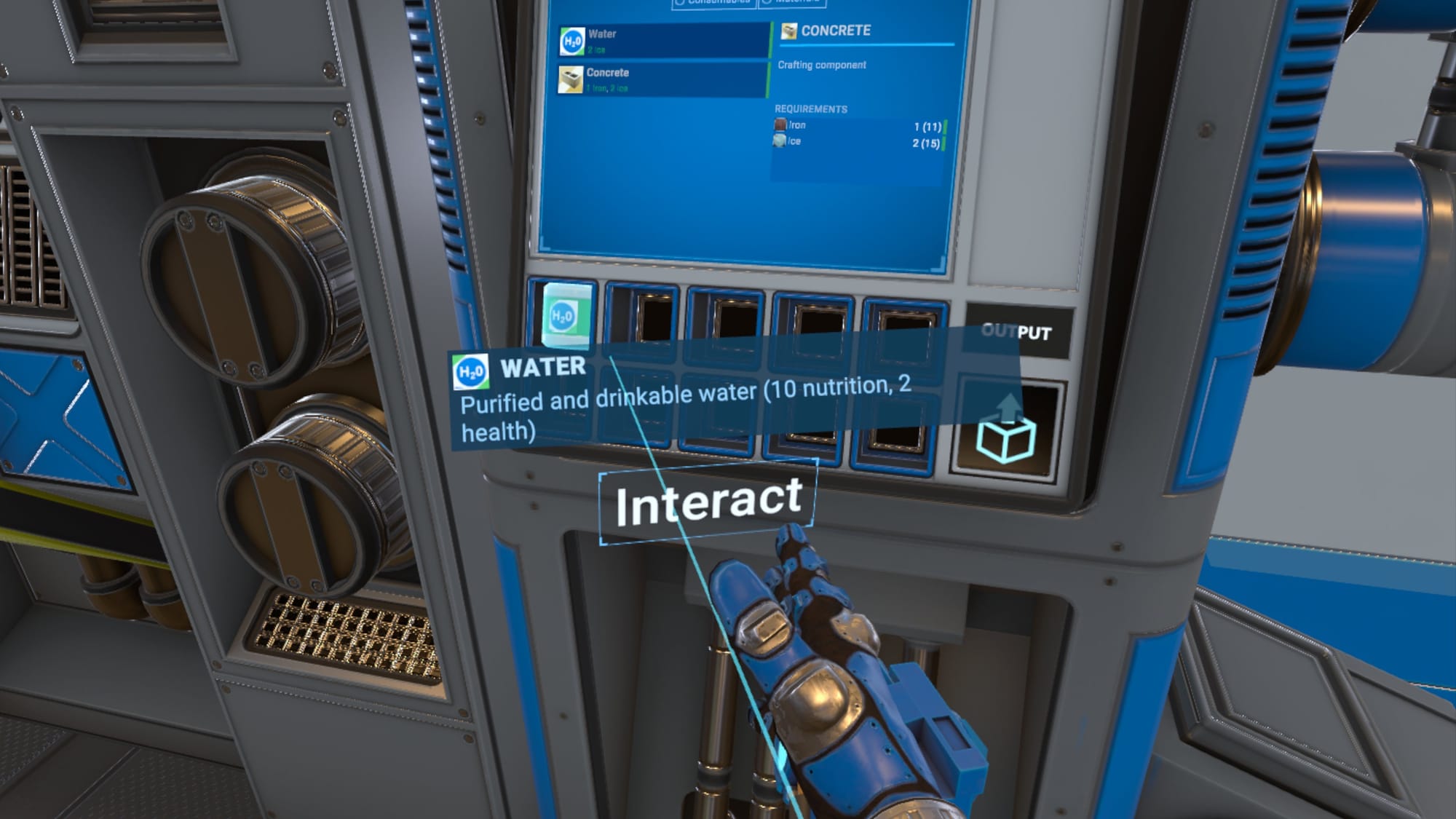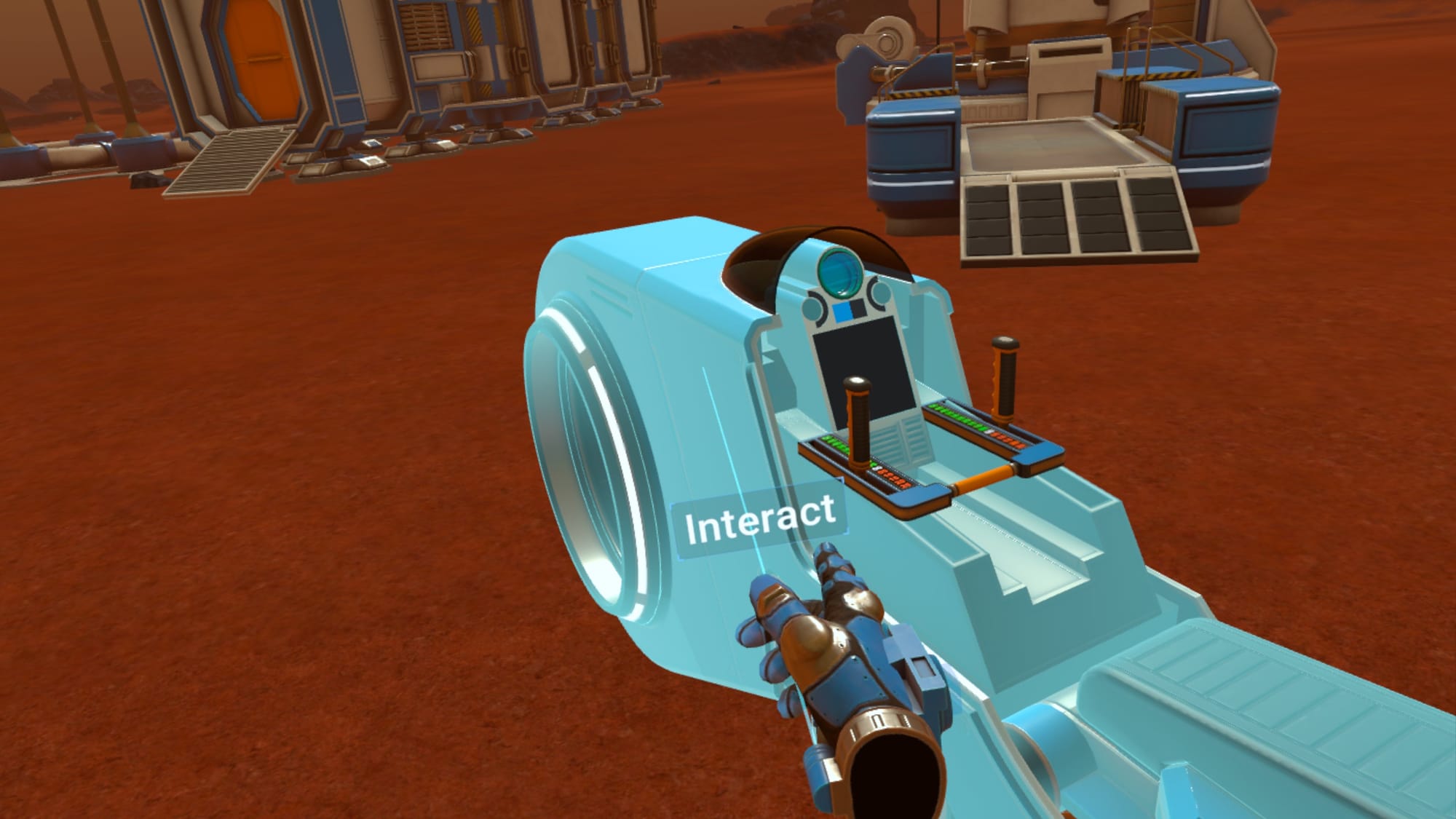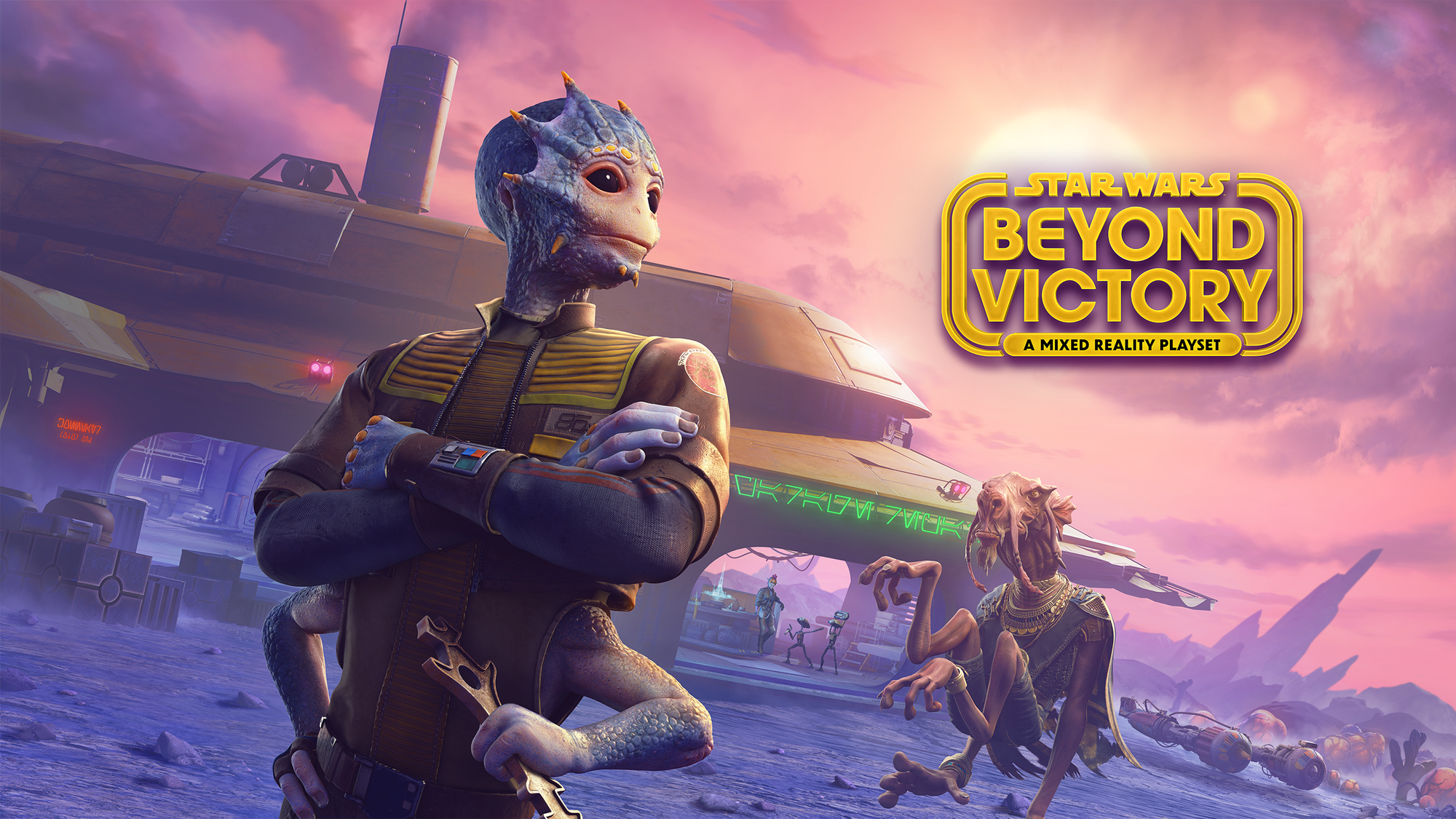Surviving Mars: Pioneer Is A Lonely Journey Into Martian Colonization
Surviving Mars: Pioneer is a strategic, base-building early access survival game that delivers a lonely journey into interstellar colonization.


Surviving Mars: Pioneer is a strategic, base-building survival game that launches today on Quest and PC VR in early access. Branching out from their previous Metroidvania-style shooter, Genotype, developer Bolverk Games are trading fast-paced action for slow-burning tension and resource management-driven gameplay.
Surviving Mars: Pioneer begins by establishing players as contract colonists tasked with surviving the harsh Martian environment with only a modest bundle of starting resources. The early game loop revolves around harvesting minerals to sustain you and slowly expand a fledgling settlement. It’s a delicate juggling act: gather enough materials to stay alive while also working towards researching advanced structures and tech.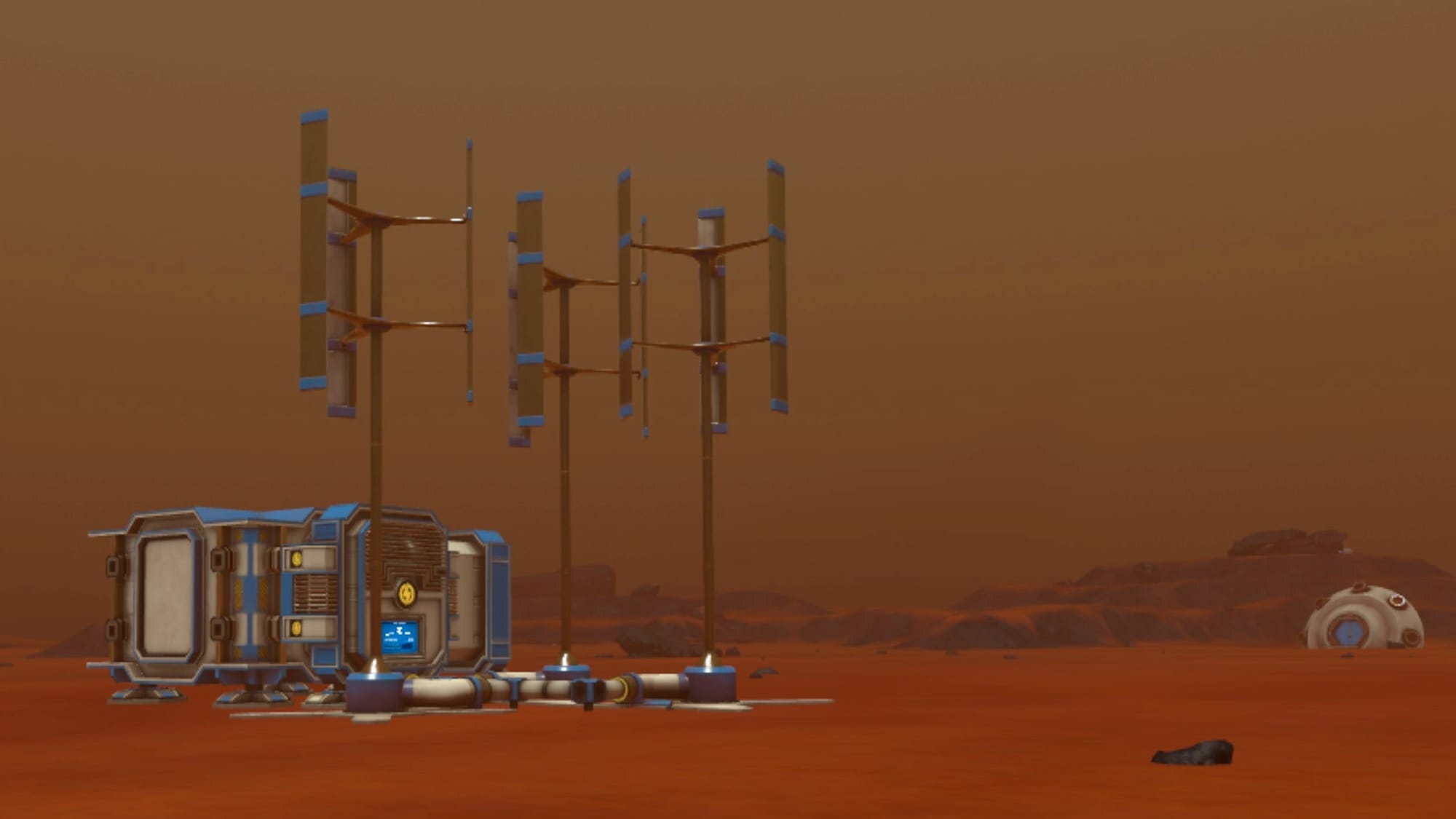
Gameplay seems at its best when you’re teetering on the edge of survival and making potentially life-threatening risk/reward decisions. Do you keep mining copper for that all-important furnace? Or do you harvest the iron you need to sell to afford the food processor blueprint required so you can survive long enough to keep mining that copper? It’s these kinds of small-scale resource management dilemmas that Surviving Mars: Pioneer excels at, and this logistical ballet forms the core experience.
While Surviving Mars: Pioneer nails the quiet isolation of solo colonization, it’s not without its rough patches. There are no enemy encounters (at least not in the first few hours that I played) so the only real threat is dwindling supplies and the ticking clock on your oxygen and nutrition levels. This can make the early game feel like a bit of a slog, especially when trekking across long, barren landscapes to continue your harvesting.
Eventually, you unlock a hoverbike and with it, a welcome sense of speed and mobility. But this comes at a price as battery power becomes yet another resource to manage. Every decision and every item used is weighed against not only the scarcity of the resource, but also the price tag you attribute to the somewhat monotonous process of harvesting its replacement.
After three hours, I had more or less exhausted the resources in the starting zone and prepared to venture into uncharted regions. The size of this map suggests a substantial amount of content lies beyond the initial area and as new areas open, it's likely that the challenges will become richer and more varied.
Unfortunately, this progression system is undermined by a VR interface that feels like it ignores the lessons of the last decade or so. Core mechanics often rely on clunky laser pointer interactions and flat, desktop-like menus. Inventory management is the perfect example: rather than, say, physically grabbing a backpack to access your 16-slot grid of space goodies, the game asks players to press a button that summons a menu that contains only one option - 'Inventory'. You then need to select this option to call up a grid that then just hovers in front of you without any context in the game world.
Mounting your hoverbike? No grabbing handlebars or vaulting into position here. Instead, you aim your pointer at the bike, which brings up another menu consisting of only a single option, which you then need to select. It’s maddening.
These unintuitive design choices feel like a regression, especially considering that 2023's Genotype offers much more VR-centric interaction design. While you do eventually adapt to the awkward controls, it’s a sorely missed opportunity and one that just should not have happened in 2025.
With performance, it’s worth noting that the Quest version actually outshines the PC VR build. While both feature the same mechanics, the Quest iteration currently feels more polished and stable. My time with the PC VR version was marred by technical issues, including a vanished save file and a glitch on the rocket pad that broke the core trading mechanic, among other things.
PC Specs Used
My desktop uses an Nvidia GeForce RTX 4070 12GB, an Intel i9-11900 processor, 32GB of DDR4 RAM, and a 1TB Gen4 M.2 SSD. For PC VR, this was conducted using a Quest 3 via Virtual Desktop. You can find the minimum and recommended specs on the Steam page to learn more.
Surviving Mars: Pioneer is occasionally frustrating, but ultimately seems compelling if you enjoy survival games. It’s not trying to be No Man’s Sky, so action-hungry players should temper their expectations. But, for fans of slower-paced, systems-driven gameplay and methodical exploration, this might be worth a look.
Surviving Mars: Pioneer is available now on Quest and Steam headsets.















